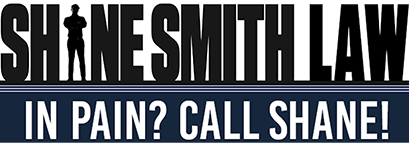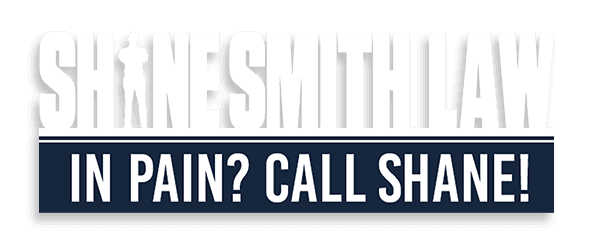We all want to value our businesses in ways that will let them increase their chances of attracting new clients, investors or loans. Yet there are a myriad of ways to do this that are usually quite ethical.
One approach is to use one of the “rule of thumb” approaches -- these “quick and dirty methods [are] based on industry averages that help give a starting point for the valuation.” Although they’re generally not favored by some financial analysts, they can help you find a very basic way to assign a general dollar value to your business. In fact, “many industry organizations provide rule of thumb methods for businesses in their industry.”
Here’s a quick review of some of the other business valuation methods that you may want to use.
Different Ways to Assign Value to Your Business
Cash Flow Method. You can arrive at this figure after surveying the maximum size of a loan various banks or financial groups are willing to give you “based on the cash flow of [your] business;”
Asset Valuation. Retail and manufacturing businesses often use this approach since they must often maintain numerous physical assets in the form of inventory;
Debt Assumption Method. This is rather popular since it usually allows you to place the highest value on your business. You arrive at this amount by determining “how much debt [your] business could have and still operate, using cash flow to pay the debt;”
Adjusted Book Value. This rather conservative approach is favored by many. It simply requires you to come up with a figure based solely on your business assets and liabilities;
The Capitalized Earning Approach. This valuation is based on the reasonable rate of return and earnings an investor should expect – tied to the risk level of an investment. If investing in your firm is widely considered to involve little or no risk, it’s reasonable for an investor to expect about an 8% return on his/her investment;
Multiple of Earnings. This approach is very common and basically involves using a “multiple of the cash flow of the business . . . to calculate its value;”
Tangible Assets (Balance Sheet) Method. If your business is currently losing money, you should consider using this valuation approach. It requires you to simply place a value on your business based upon what its current assets are worth.
While there are other generally accepted ways to value your business (which you can review by visiting this link), it's always a good idea to bear in mind who you’re trying to impress with this information. If you’ll be speaking with different groups of potential clients or investors, you may wind up using more than one method in a relatively short time span.
To obtain help with handling all of your Georgia business planning needs, please contact Shane Smith Law today. You can schedule your free initial consultation with a knowledgeable Peachtree City estate planning attorney by calling: (980) 246-2656.

